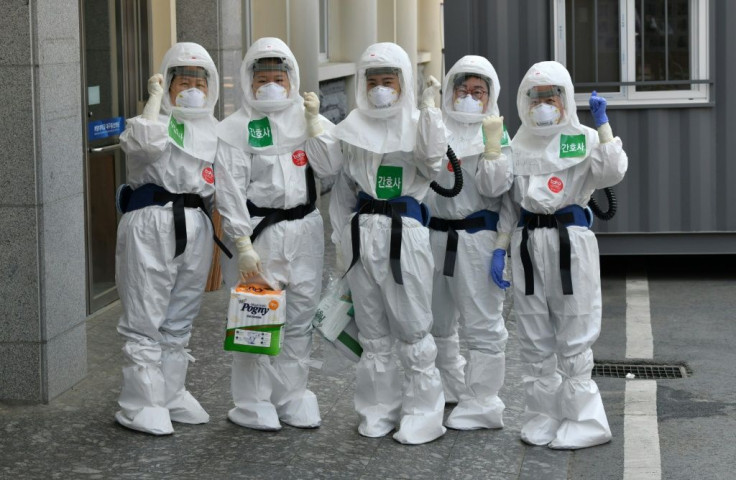Coronavirus Update: South Korea To Further Relax Social Distancing Rules

KEY POINTS
May 6 figures to be a happy day and one of relief to South Koreans as a further relaxing of social distancing rules and a phased reopening of businesses is scheduled to begin. On Sunday, Prime Minister Chung Sye-Kyun announced in a televised meeting that the government, “will allow businesses to resume at facilities in phases that had remained closed up until now, and also allow gatherings and events to take place assuming they follow disinfection guidelines.”
Throughout the pandemic, Worldometer, a statistical reference website, has been tracking the number of daily new cases, deaths, and many other coronavirus related statistics on a global level. Their latest numbers show nearly 250,000 deaths out of over 3.5 million cases reported worldwide.
This calculates to 458 infections and 31.9 deaths per million people globally. South Korea’s numbers are 211 infections and only 5 deaths per million in its population of about 52 million people. South Korea’s relative success is backed up by these statistics and because they have been open and transparent about COVID-19, unlike their neighbor to the north, the statistics have credibility.
The country’s success is also evidenced by the timeline of new daily cases that Worldometer began tracking on February 19 when the numbers began to climb. The peak was on March 3 with 851 new cases reported. The numbers dwindled through mid-April and have been in single digits after April 18.
TIME magazine interviewed South Korea’s health and welfare minister Park Neung-hoo. He explained to the news publication how his nation was able to pull off such a remarkable turnaround. TIME clarified that his responses during the interview were written and translated from Korean and were edited for length and clarity.
His responses included some telling comments taken verbatim from the TIME article of April 30th:
- The bitter memory of MERS (Middle East Respiratory Syndrome) puts me on edge whenever a novel virus infection is reported, so we thoroughly check up on any new viral outbreaks.
- We needed to be creative and innovative, as well as using traditional methods to combat the virus. For example, drive-thru screening clinics, an ICT [information and communications technology] app called Special Immigration Procedure [provided to new airport arrivals], and Life Treatment Centers for patients with mild symptoms were innovative. If we had failed to separate them and tried to put all new patients in hospitals, our overloaded healthcare system could have collapsed.
- In addition, if we had delayed developing test kits by a month, without prior and proactive consultation and cooperation with the private sector, our current system based around quick, mass testing couldn’t have been established.
- Drive-thru screening clinics are much faster and safer than ordinary screening clinics. Examination, temperature check, and specimen collection are done while the driver is still sitting in the car. And the risk of cross-infection between the medical professionals and visitors is significantly reduced.
- Next, the greatest leverage we have for controlling COVID-19 is people’s trust in the state. Deep trust not only minimizes public anxiety but is critical in inducing the participation and cooperation of the people in enforcing the potent vaccine that is social distancing.
The last bullet item will be a hard pill for Americans and other western cultures to swallow. In the U.S., a population wary of "induced participation", the political divide, the lack of deep “total trust in the state”, an upcoming presidential election plus a multicultural society will prohibit a “one size fits all” response to any crisis. This is borne out by the Worldometer statistics showing 207 American COVID-19 deaths per million people living in the U.S.
© Copyright IBTimes 2025. All rights reserved.





















